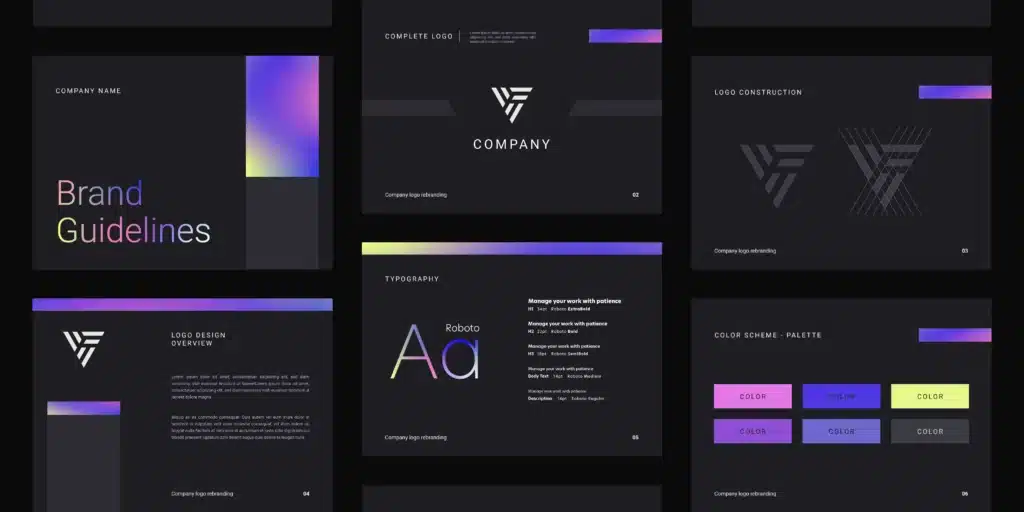Pulse of Information
Your source for the latest insights and updates.
Font Finesse: Why Your Website's Typography Speaks Louder than Words
Unlock the secret power of typography! Discover how the right fonts can elevate your website and captivate your audience.
The Psychology of Typography: How Fonts Influence User Perception
The choice of typography plays a crucial role in shaping user perception and behavior online. Fonts communicate not just information but also evoke emotions and establish brand identity. For instance, a serif font often conveys tradition and reliability, while a sans-serif font can impart a modern and approachable feel. According to research, readers tend to associate certain attitudes with particular styles, affecting their overall perception of the content. This means that selecting the right font can significantly enhance the credibility and engagement levels of a website.
Moreover, the psychology of typography extends beyond mere aesthetics. It influences readability and user experience, which are vital for keeping visitors on a page. A well-chosen font can lead to improved comprehension and retention of information. Studies suggest that fonts that are easy to read promote a positive experience, making users more likely to trust and stay longer on a site. Therefore, understanding the subtle effects of different font choices can empower content creators to design not just visually appealing, but also psychologically effective web pages.

Choosing the Right Font: Essentials for Enhancing Your Website's Branding
Choosing the right font is a critical aspect of enhancing your website's branding. A well-selected font not only influences readability but also communicates your brand’s personality and values. For instance, a serif font may convey tradition and reliability, while a sans-serif font can project modernity and cleanliness. Consider creating a font hierarchy using different styles and sizes to structure your content effectively. By ensuring that your font choices align with your brand’s identity, you facilitate better engagement and a memorable user experience.
Moreover, it’s essential to consider the legibility of the font across various devices and screen sizes. Fonts that look great on a desktop might not translate well on mobile, so it’s crucial to test your selections in different environments. Incorporate a color contrast that enhances visibility and ensures accessibility for all users. To sum up, the right font is not just about aesthetics; it’s a vital component of your overall branding strategy that can significantly impact how visitors perceive and interact with your website.
Are You Making These Common Typography Mistakes on Your Website?
When it comes to web design, typography plays a crucial role in ensuring that your content is both readable and appealing. However, many website owners make common typography mistakes that can deter visitors from engaging with their content. One frequent error is using mismatched fonts that lack coherence. It's essential to choose fonts that complement each other rather than clash, as this can create a disjointed aesthetic. Additionally, not paying attention to font size can lead to readability issues, especially on mobile devices. Aim for a base font size of at least 16px to ensure that your text is legible across various screen sizes.
Another common typography pitfall is neglecting proper line spacing or leading. When lines of text are too close together, it can result in a cluttered appearance that strains the eyes. A line height of 1.5 times the font size is generally recommended for optimal readability. Furthermore, be cautious with the use of capitalization and styles like italics or bold for emphasis. Overusing these can make your content hard to scan. Instead, limit the use of these styles and reserve them for important sections to draw attention effectively. By avoiding these typography mistakes, you can enhance user experience and keep your audience engaged.